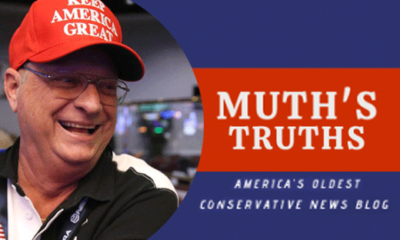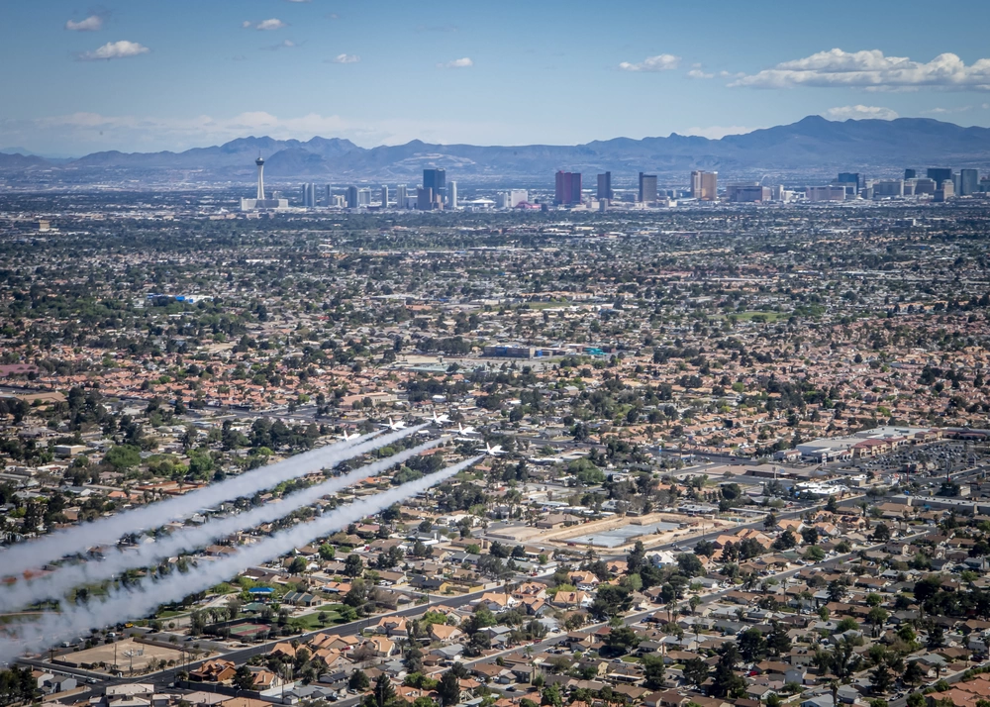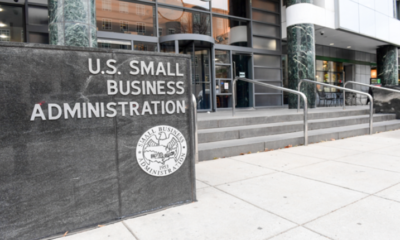(Danny Tarkanian) – I am a big believer in capitalism, but it must be EQUAL for everyone. I could write several blogs on how the capitalist market in America gives the rich an enormous advantage. This blog is going to discuss one of them.
During the Great Recession and again during the COVID pandemic, the Federal Reserve lowered interest rates it lent banks to zero percent. This was a huge financial boom for banks and the wealthy, who could obtain a loan from the banks at a very low rate. However, it did nothing for the poor, who did not qualify to borrow, and very little for the middle class, who could borrow but at a much higher interest rate.
I am in the real estate business. In 2014, I obtained a loan for my commercial center at 4.9% interest. This is a good rate under normal conditions, but at the time, fellow developers with more money were borrowing at 1.5% to 2%.
Banks traditionally lend money at 1 ½ to 2 ½ percent over what it borrows from the Federal Reserve. With zero interest rates, banks were lending at twice that rate or more to all but their best customers, doubling their profits for most loans.
When the Federal Reserve couldn’t lower rates further because rates were already at 0%, it started something called Quantitative Easing (QE). As with most bad policies, a confusing and benign name was given to this policy to ease the public’s concerns.
QE is similar to printing money. It is a monetary policy in which a central bank, like the Federal Reserve, purchases government bonds and other securities to reduce interest rates and increase the money supply. As money increases in an economy, the risk of inflation looms by devaluing the domestic currency (US Dollar).
During the Great Recession, the Federal Reserve purchased tens of billions of dollars EACH month under the guise of QE. From December 2007 to May 2017, the Fed’s total assets increased from $882 billion to $4.473 trillion—a fivefold increase. During COVID, the Federal Reserve purchased over $100 billion per month. As of December 13, 2022, the Federal Reserve’s balance sheet is $8.58 TRILLION. In 15 years, its balance sheet has increased almost tenfold.
Japan was the first country to use QE. In 1999, trying to revive its collapsed economy, the Bank of Japan (BOJ) took the wild step of reducing interest rates to zero percent. Then, in 2001, the BOJ introduced QE. Shockingly, this did not revive its economy and might have made it worse. Twenty-two years later, it still has not recovered. Japan’s version of the S&P 500 is still 40% below its 1990 highs.
To learn more go to: https://tradesmithdaily.
Despite its failure in Japan, the Federal Reserve decided to implement the same policy in the United States. After years and years of QE, trillions of dollars worth of reserves have built up in the banking system and on central bank balance sheets. Drawing down on trillions’ worth of reserves will lead to explosive inflation, resulting in the US dollar’s debasement. Getting out of the QE trap will be an even bigger problem than getting out of a Recession.
This leads to the connection with my last blog concerning the massive debt created by our federal government. The typical discussion is how and when the federal government will raise taxes to pay off the debt. The answer is they are not going to raise taxes. Instead, they will inflate the debt by devaluing the country’s currency. They are doing this by keeping interest rates artificially low coupled with QE. Who gets hurt when interest rates are artificially low, and the currency devalues? The poor, the middle class, and the retirees who are getting little to nothing with their savings. The rich keep getting richer from cheap money.
Politicians are playing a Ponzi scheme with your money, and no one will go to jail for it.







Facebook
Twitter
Pinterest
RSS